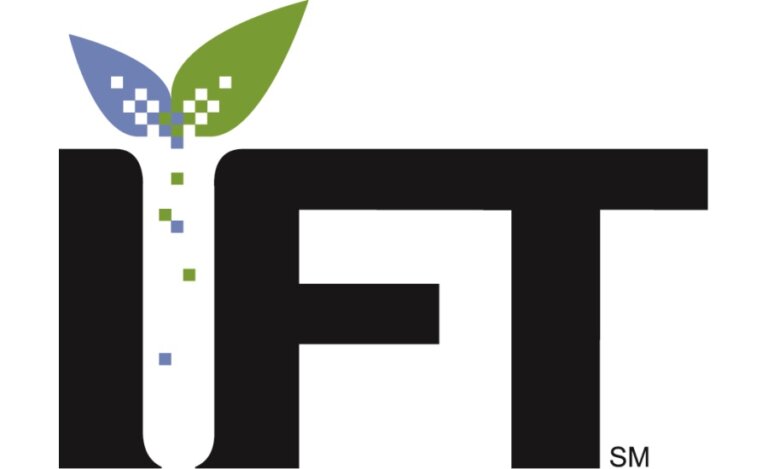CFOs across industries are seeing a shift towards more Data Science for financial planning and analysis (FP&A).
As financial modeling and reporting become more complex, and as the technical direction for food & beverage manufacturers are increasingly coming under the purview of the finance department, CFOs should begin embracing Data Science as key for strategic and operational decision-making. Doing so, will help position the CFO as the logical champion for building a more data-driven culture.
Below are just a few examples of how CFOs are leveraging Data Science across their food & beverage (F&B) organizations:
• Financial planning models
• R&D and New Product forecasting
• Capacity Utilization, yield, and throughput models
• Inventory management, procurement, & supply-chain models
Finance is finally moving away from Excel as an analytics platform, and towards a modern data stack
Finance departments the world over have traditionally relied on spreadsheets to power financial analysis and reporting.
With the recent shift to Data Science, F&B CFOs are finding that Excel cannot meet their needs for advanced analytics, data automation, and data blending from multiple systems at scale. There are many tools available today (many of them free and open source) that empower financial analysts with skills that are on par with a Data Scientists’.
For example, the KNIME Analytics platform delivers advanced analytics with a drag-and-drop visual programming interface anyone can use.
Embrace Low-Code, Self-Service Data Science Tools for Finance
The day will soon come when F&B financial analysts will instead become “financial data scientists”.
Using low-code tools like KNIME, financial data scientists will unlock the vast potential of Data Science to transform the food industry in the following ways:
• Using advanced analytics to correlate Sustainability efforts with financial performance to incentive the industry to cut back on food waste and greenhouse gas emissions.
• Use predictive analytics to deliver powerful product demand forecasts to limit over-production and meet consumer demands.
• Deploy supply-chain & logistics optimization models that ensure sustainable sourcing, adequate inventories, and minimize wastage during transportation of food.
• Data automation to help F&B manufacturers accelerate insights and scale operations.
By moving away from traditional spreadsheet-based financial analysis and toward Data Science, CFOs can parlay their knowledge of data wrangling, financial analytics, and corporate-wide strategic priorities, to expand their impact and influence outside their core financial functions.


